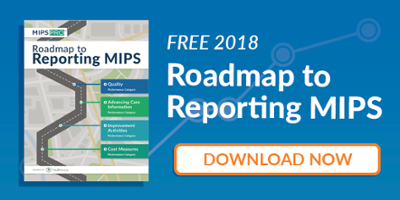
The 2018 winter Olympics wrapped up this weekend in PyeongChang, leaving us at Healthmonix contemplating the many analogous connections between the Olympian athletes and providers of value-based care. So in honor of this year’s champions, we’re laying out why you should follow their example and go for the gold:
1. If you want to place, strive for peak performance.
Athletes do everything possible to achieve peak performance. For medical practices, peak performance means efficiency. During a panel discussion at a recent Becker's Hospital Review Conference, healthcare technology leader Todd Stewart, MD, said of the importance of operational efficiency in healthcare:
"Hospitals can no longer expect to have decent margins by just providing a service, billing for the service and collecting. The days of healthcare having decent margins are over. Everyone is out of money, so you have to focus on these efficiencies. Strong management and efficiency are survival mechanisms for hospitals that must adapt or die."
Improving efficiency can be as simple as identifying what data you already have that can be leveraged to improve your value-based outcomes. At the same Becker's conference, Health IT expert Jake Dorst listed BMI, high blood pressure, smoking status, and cholesterol as a few types of data that are often readily available but are rarely used to their full potential. The most notable value based care program currently is the MACRA Quality Payment Program, which provides the option to participate in MIPS or an advanced APM; if you are collecting any of these kinds of data via your EHR or in some other way, you may already be able to fulfill or partially fulfill some MIPS Quality Measures (for example, data on BMI screenings and follow-up plans can fulfill Measure 128).
2. This is a competition.
Athletes know that in order to win, they have to be better than their competitors--and their competitors are working just as hard as they are.
An assortment of MIPS data points will be published on the Physician Compare website, including the MIPS final score for each provider. This means that your score (and the scores of your peers, laid out for easy comparison) will be available to patients and anyone else who wants to search for the information.
As we have outlined in a previous blog post, this score follows physicians even when they switch organizations. This means that your score could continue to make a difference in your bottom line, even years down the road, if you neglect to make sure your reporting reflects the high quality of your work.
3. The earlier you start training, the better off you’ll be.
Did you know Shaun White started training to be a snowboarder when he was six years old? Most Olympians start their training as early as possible, because it can be an important advantage in a competition where even the smallest edge may determine the winner.
In MACRA, practices who reported more than the minimum last year have an advantage over those who did not. They have had a chance to adjust workflows before reporting requirements become more intensive and risks increase. This will give them a valuable head-start over peers who chose (and who continue to choose) to procrastinate.
The 2018 performance year is designed to allow for some leniency during transition, but it will be less easy than in 2017. The percentage of patients you will be required to report on for MIPS is slowly ramping up to reach 90% of all payers. The performance threshold will be 15 points instead of 3. The payment adjustment will increase. In years beyond 2018, the stakes will only continue to grow. That’s why those who will be most successful in maximizing value-based care (and consequently, reimbursements) over the coming years will be those who jump head-first into the transition.
If you want to go for the gold but you aren’t sure where to start, we can help! We have a free MIPS Learning Center dedicated to answering your most common questions about the program, as well as a ton of educational resources to give you the information you need at every step. And for even more help reporting, check out MIPSPRO, which makes it easy to navigate complicated Medicare requirements and maximize your MIPS incentive. Our quality reporting team guides you through the MIPS reporting process, while our comprehensive, user friendly platform gives you real-time feedback on your MIPS performance.



